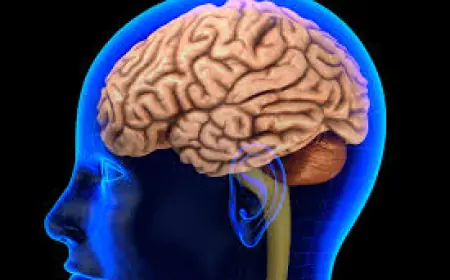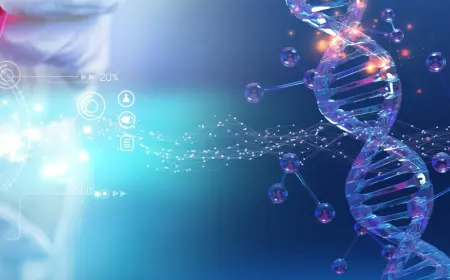New antibiotic found to fight humanity’s greatest infectious threat

Chemists from the University of Warwick and Monash University have discovered a promising new antibiotic that is highly effective against drug-resistant bacteria, including MRSA and VRE — two of the most serious threats to global health. The findings were published in the Journal of the American Chemical Society (JACS).
According to the researchers, the new antibiotic was “hiding in plain sight” — it turned out to be an intermediate compound in the natural biosynthesis process of the well-known antibiotic methylenomycin A, discovered over 50 years ago.
Professor Greg Challis from the University of Warwick and the Monash Institute of Biomedical Research explained:
“Methylenomycin A has been known for decades, but no one had tested the intermediate stages of its biosynthesis for antimicrobial activity. When we deleted certain biosynthetic genes, we discovered two new intermediate compounds — both much more potent than the original antibiotic.”
One of these compounds, premethylenomycin C lactone, showed activity over 100 times greater than methylenomycin A. It proved highly effective against Staphylococcus aureus and Enterococcus faecium — bacteria responsible for drug-resistant infections MRSA and VRE.
Furthermore, the researchers found no evidence of bacterial resistance developing in Enterococcus even under conditions that normally lead to resistance against vancomycin, a “last-line” antibiotic.
The discovery of premethylenomycin C lactone, the scientists say, opens a new route for antibiotic discovery — by studying intermediate compounds in already known biosynthetic pathways. Such molecules may prove both more potent and less prone to resistance.
The next stage will involve preclinical testing of the new antibiotic. Meanwhile, the Monash University team has developed a scalable synthesis method that allows production of analogues and further study of the compound’s mechanism of action.



























